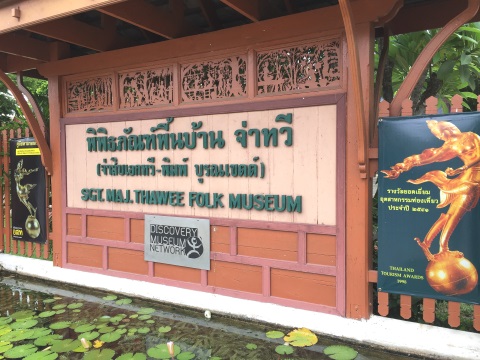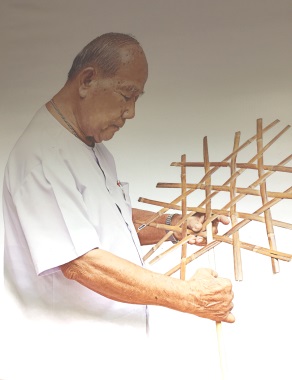| Back to Back Issues Page |
 |
|
Bangkok Travelbug February 2019 Sgt-Maj Thawee Folk Museum, Phitsanulok February 07, 2019 |
| Hello
Let me share my recollections of my tour of this unusual museum on a pleasant Saturday morning in Phitsanulok. Building 1 – Souvenir shop and local fish displays Other than the souvenir shop, building 1 consists of aquariums displaying various kinds of local fish. 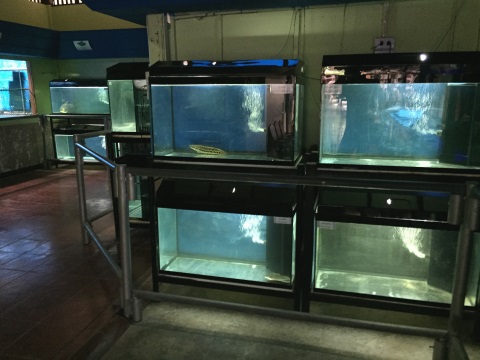
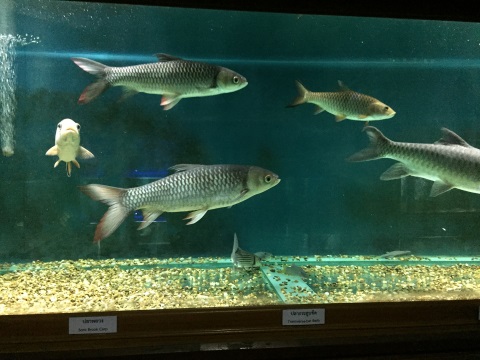
Local fish displays Contents Building 2 – History of Phitsanulok A brief history of Phitsanulok is covered in the November 2018 issue. I will just highlight some of the major events preserved in building 2 of the museum through some of the priceless old photographs on display. 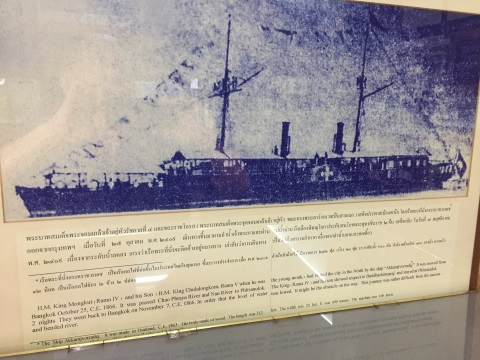
King Rama IV's visit to Phitsanulok with his son Prince Chulalongkorn (future King Rama V) on 25 October 1886 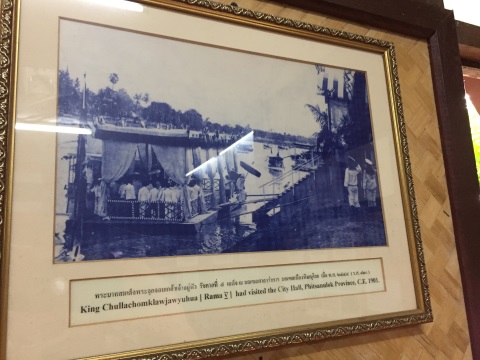
King Rama V's visit to Phitsanulok in 1901 Phra Phuttha Chinnarat is a very famous and highly revered Buddha image in Thailand. The Buddha image was installed in Wat Phra Si Ratana Mahathat (Wat Yai) which was built in 1357 in Phitsanulok during the Sukhothai era. 
The revered Phra Buddha Chinnarat in Wat Yai, Phitsanulok In 1890 King Rama V expressed a desire to have a replica of this famous Buddha image to be installed in Bangkok. The casting of the image was done in October 1891 and the completed image was transported by boat to Bangkok and installed in Wat Benjamabophit, the Marble Temple. 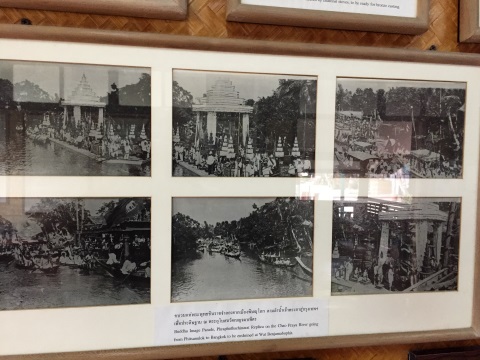
Bringing the Phra Phuttha Chinnarat back to Bangkok Here are more old photographs of Phitsanulok taken in the early 1950s. 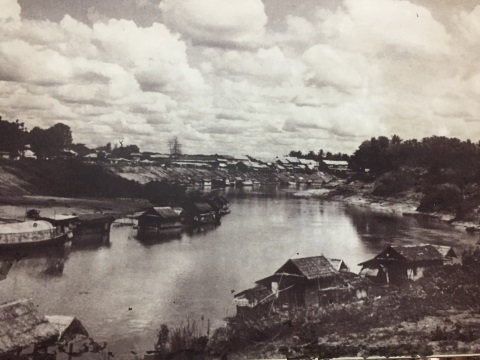
Old Phitsanulok on the Nan River – early 1950's 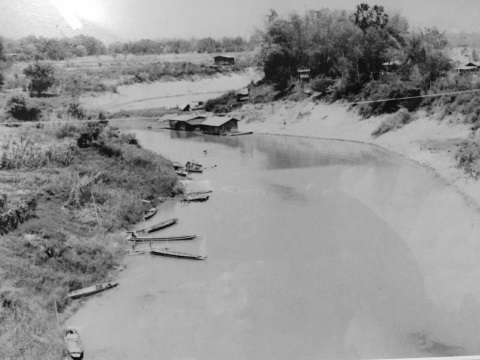
The Yom River from Sukhothai which flows into Phitsanulok in the Bang Rakam District, taken in the early 1950s. The Yom joins the Nan River in Nakhon Sawan and together with the Ping River from Chiang Mai form the Chao Phraya River 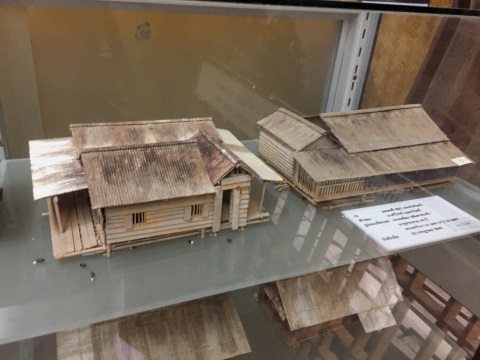
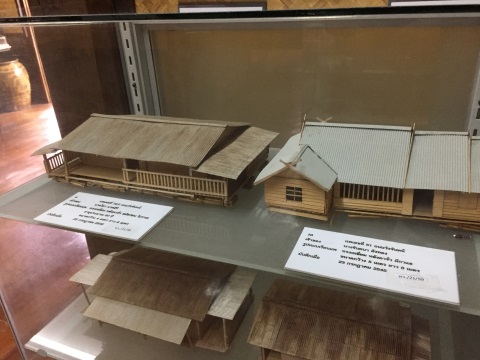
Models of old houses through different periods 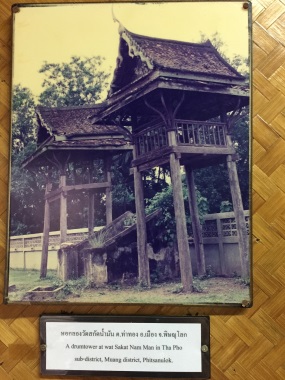
Old drum tower Contents Building 3 – Culture, handicraft and way of life in the Lower Northern Region This building and the space outside display many of the very old home and farm appliances. This must be more than 50-60 years ago, before modern appliances and electricity were available in many parts of SE Asia. There are so many of these items, I will just highlight some of them. The wooden device below was one of the first outdoor exhibits that caught my eye. It's a sugarcane crusher; the sugarcane is inserted between the three vertical columns below and the long lever above is turned to squeeze the juice out of the sugarcane. 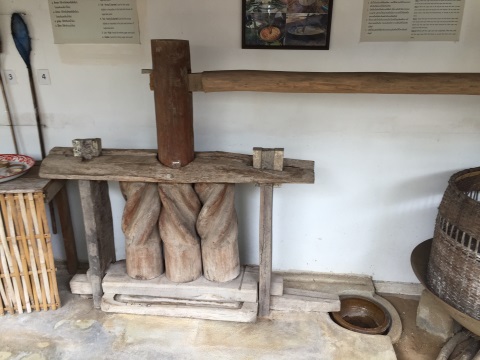
Sugarcane crusher Traditional Thai thatched huts. 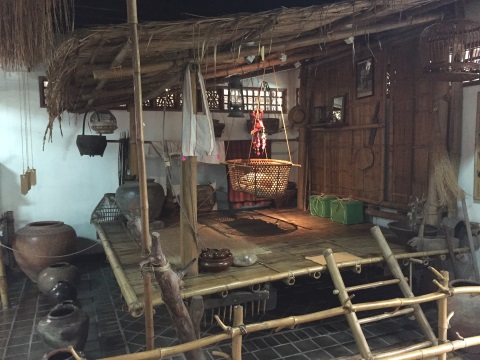
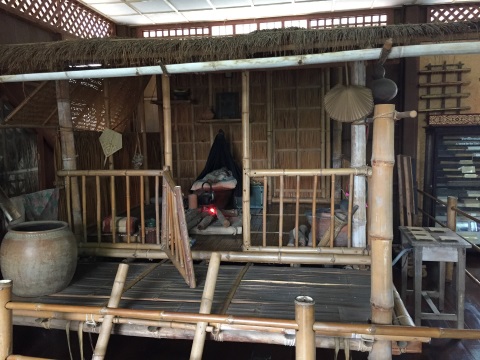
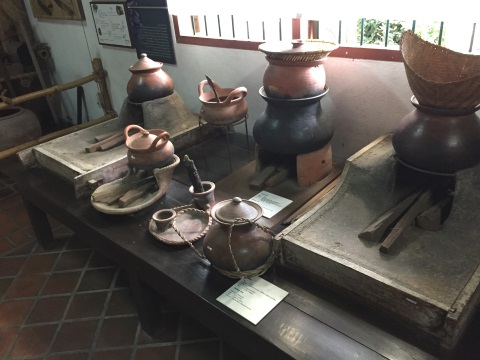
Traditional Thai thatched huts and kitchen, note the water jar outside the second hut to collect rain water from the gutter Traditionally, harvested rice is placed in the basket and the lever is rotated to separate the rice grains from the leaves and stalks. The rice grains are then placed in a cylindrical wooden container and a wooden hammer is used to pound the rice grains to separate the grain from the husk. 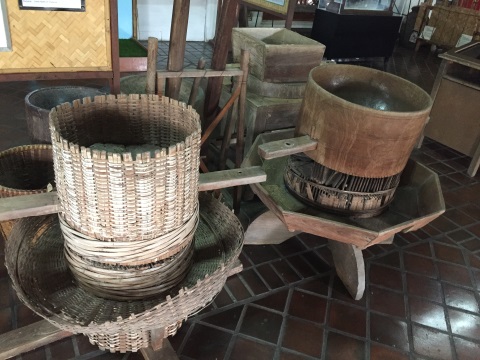
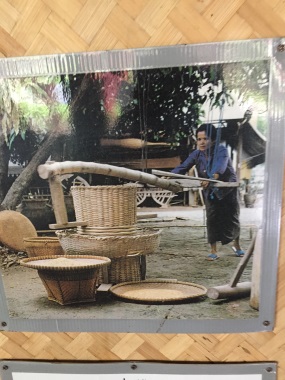
Traditional method of rice milling Before the introduction of electric irons and electricity, people pressed their clothes with these brass irons. Hot charcoal is placed in the compartment to heat up the iron which is placed over a banana leaf to smoothen out the hot surface so that it doesn't stick to the clothes being pressed. 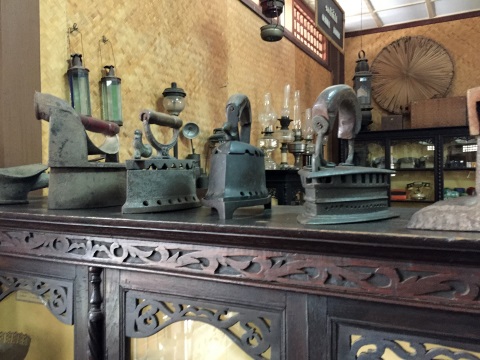
Brass irons for pressing clothes For lighting at night, oil lamps usually kerosene lamps are used. 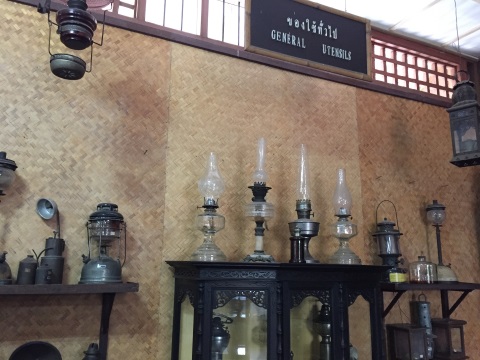
Oil lamps for lighting When there was no potable water supply, people used rain water, well or river water. The water is filtered through a jar that is filled with a layer of coarse sand at the bottom and layers of stones and gravel that get progressively bigger towards the top where there is a layer of charcoal. Water is poured into the jar and filtered through these layers to obtain clean water for drinking and cooking. 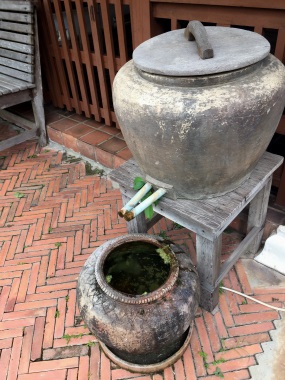
Jar for filtering water That ends our walk down memory lane. Contents Thai Soang or Lao Soang Community Building 4 is dedicated to preserving the displays depicting the way of life of the Thai Soang or Black Lao Soang who are characterised by their black or dark blue clothing. Originally from China, they migrated to the area around Dien Bien Phu in Vietnam where the borders of China, Laos and Vietnam meet. During the wars between Siam and Lan Sang based in Laos, many the Thai Soang were forcibly resettled to various parts of Siam. They settled first in Petchaburi, later they moved to Kanchanaburi, Nakhon Pathom, Ratchaburi and Suphanburi. Some of the older Thai Soang had intentions of returning to their homeland and started migrating north. However, with the passing of the elders, the younger generation decided to stay put where they were in Petchabun, Phichit, Phitsanulok and Nakhon Sawan. The Thai Soang community in Phitsanulok is located in Ban Lammakha, Tambon Phansao, Amphur Bangrakam. 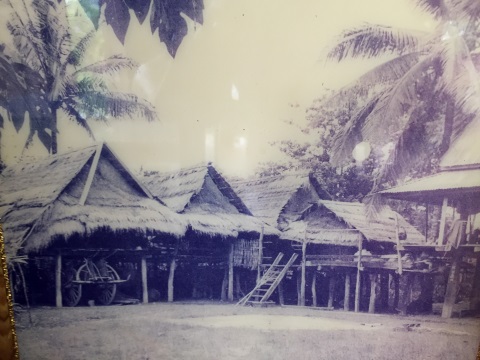
Thai Soang village 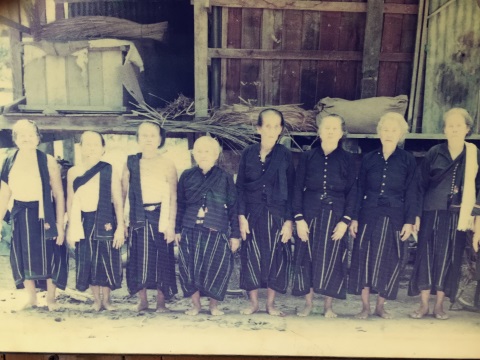
Thai Soang in their traditional dress 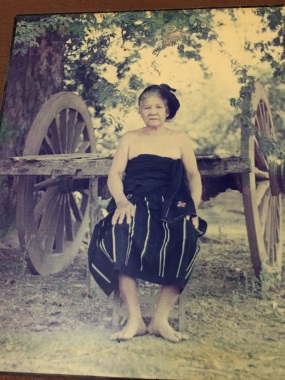
Thai Soang woman Contents Building 5 – Hall of Fame The last building displays some of the proud moments of Lung Ja and the folk museum he started. The crowning honour was the visit by HRH Princess Maha Chakri Sirindhorn to the museum and foundry on 7 September 1989. 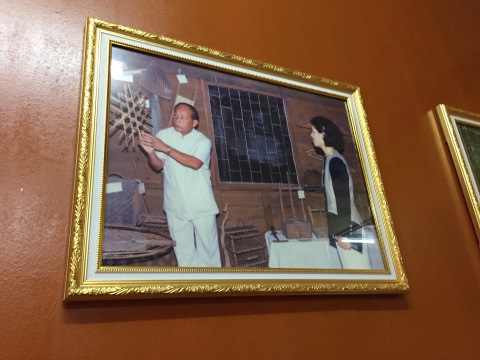
Lung Ja explaining one of his exhibits in the museum to HRH Princess Sirindhorn 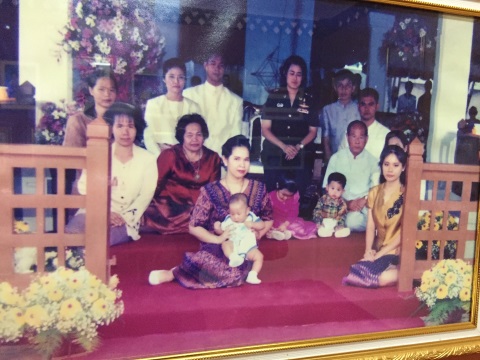
Family photo with HRH Princess Sirindhorn Other awards were to follow. On 17 July 1998, Lung Ja received the Award of Excellence by Prime Minister Chuan Leepai for his contribution to the tourism industry. 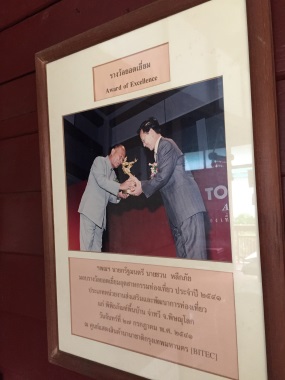
Receiving the Award of Excellence from Prime Minister Chuan Leepai on 17 July 1998 On 31 August 2017, Lung Ja was awarded a trophy by the Support Arts and Crafts International Centre of Thailand (SACICT) by the Chairman Thanin Kraiwichien. 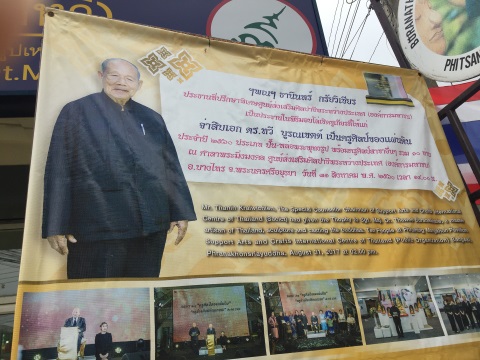
Award of trophy from SACCIT Lung Ja will be 87 in October this year. Staff at the museum said that he is well and stays at home most of the time. We wish Lung Ja good health and are grateful for his cultural legacy to posterity. Before you leave return to the souvenir shop and give it your support. Visitors are welcome to make a donation to the museum as well. 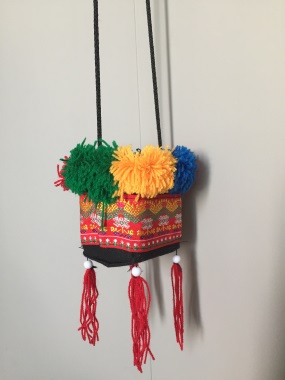
Thai Soang coin purse Contents Buranathai Buddha Image Foundry As Lung Ja is a metal caster by vocation, he set-up a foundry, the Buranathai Buddha Image Foundry about 100 m from the museum. There a shop in front selling Buddha images and some of them are huge. 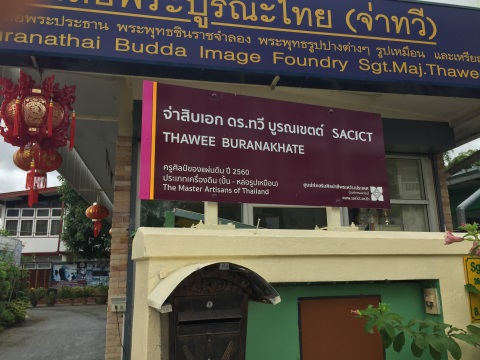
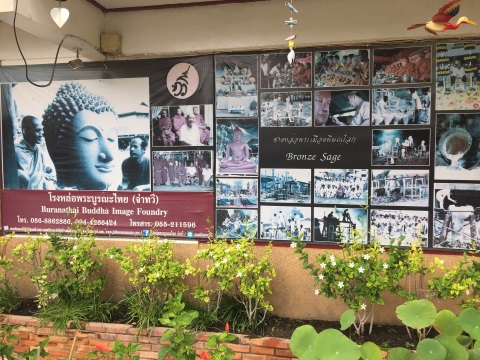
Buranathai Buddha Image Foundry 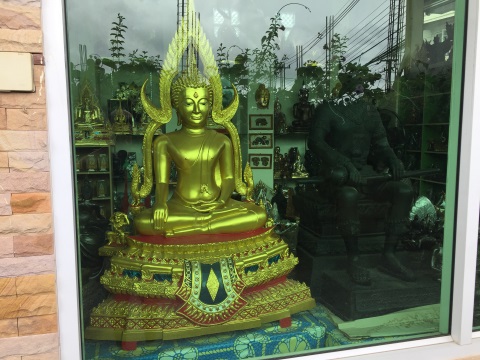
The showroom In the foundry further in, there were several images in various stages of completion. Within the open courtyard, an artisan was working on huge Buddha image. 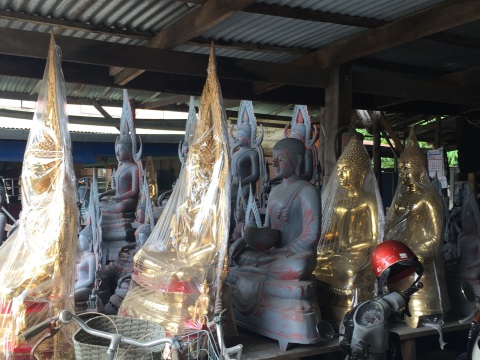
Inside the foundry 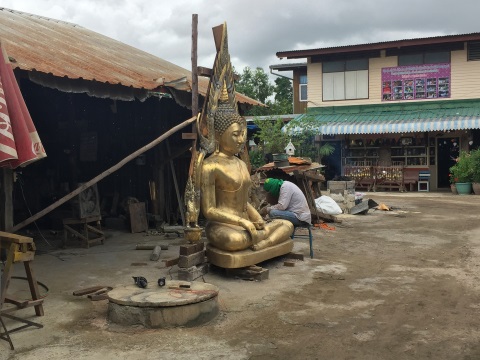
Working on a statue There is also a display board indicating the types of Buddha images through the different eras which turned out to be a great source of information. I'm afraid I'm not able to tell the subtle differences between the various images without the help of the labels. Here are some samples. 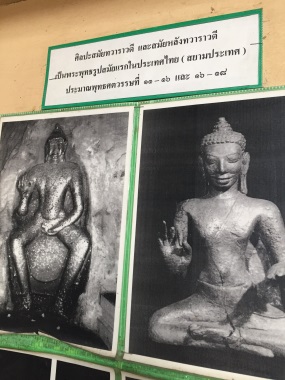
Dvaravati Period – 6th-11th C 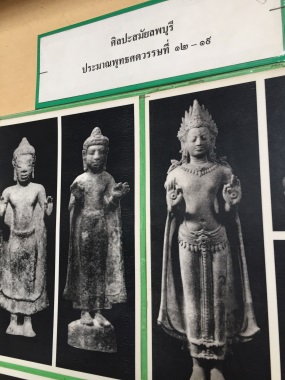
Lopburi Period – 7th-14th C 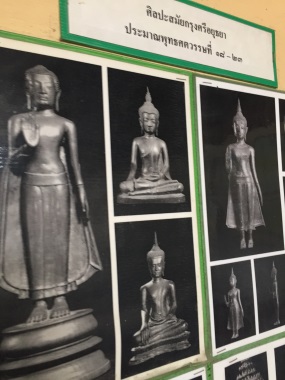
Ayutthaya Period – 13th-18th C 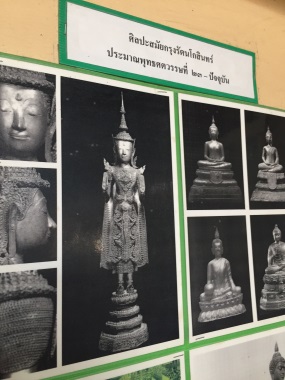
Rattanakosin Period – 18th C - present Contents Map to the Sgt-Maj Thawee Folk Museum, Phitsanulok If the map doesn’t appear, click on this link Address Wisut Kasat Road, Tambon Nai Muaeng Amphur Mueang Phitsanulok Tel: 0 5521 2749, 0 5525 8715, 0 5530 1668 Opening times Tuesdays - Sundays, closed on Mondays 0830 – 1630 hours Admission – adults 50 baht Getting around Phitsanulok By trishaw When I stepped out of the hotel to look for a taxi, I noticed a trishaw across the road. I haven't been in a trishaw since I was a boy when my grandmother took me on an outing! As the museum wasn't that far away, I decided to give it a try. Lung knew the way to the museum and pointed out the foundry to me on the way to the museum. He sportingly agreed to have his photo taken. 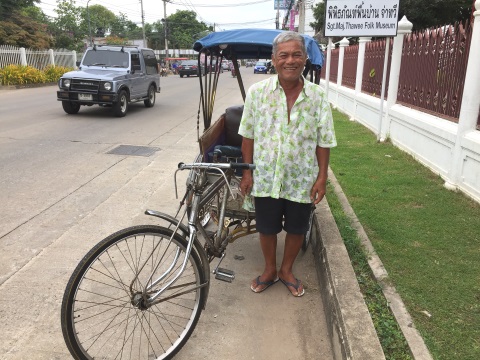
Thank you for the memories, Lung How to get there By car From Bangkok, Don Muang Tollway - highway 1 – highway 32 – Ayutthaya – Ang Thong – Nakhon Sawan – highway 117 – Phichit – past the Naresuan University – Tesco Lotus - route 1058 – Borom Trailokkanat Road Contents Next month Two handicraft communities in Korat If you enjoyed reading this e-zine, please forward it to a friend. If you received this from a friend and found it interesting, please subscribe at Bangkok Travelbug. What do you think of the Bangkok Travelbug? We love to hear from you What other subscribers have said Till next month then. Eric Lim Tour Bangkok Legacies Find us on Facebook My Journey through Thailand Part I The First Steps This is my second e-book and the first in the series of travel journals on my trips to explore the various provinces in Thailand. This edition, which covers my travels from late 2009 to mid-2013, will guide you to historical sites, cultural monuments and exquisite Thai handicraft, across a vast spectrum of cultural and ethnic diversity. You can have a virtual tour with this e-guide book or take the first steps yourself in this journey through Thailand. My Kindle e-book 
Copyright@2008-2019 Tour Bangkok Legacies All rights reserved |
| Back to Back Issues Page |
